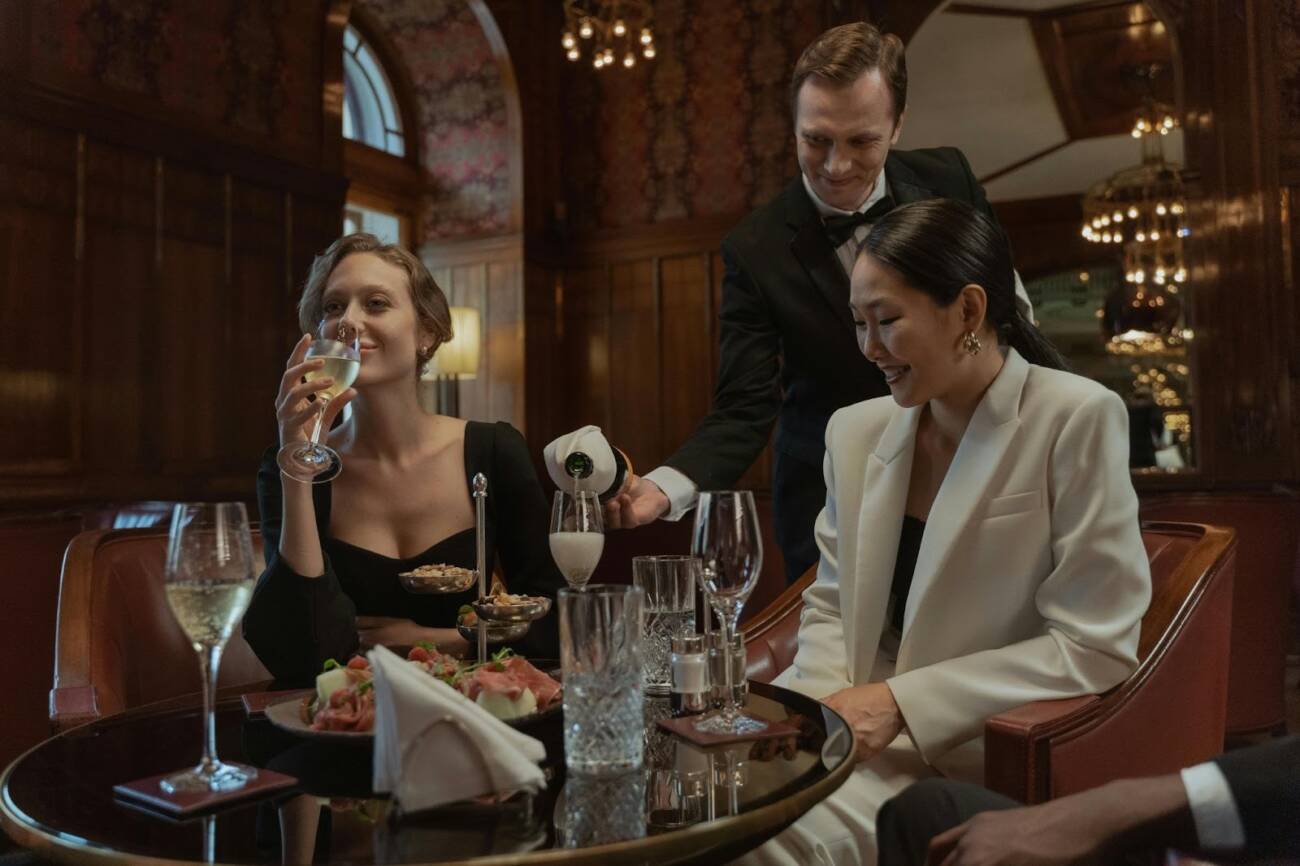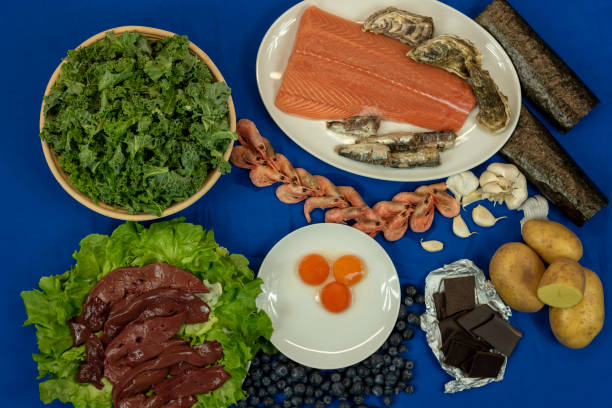Fine dining isn’t just about eating fancy food. It’s about the whole experience—the sights, sounds, smells, and even the way you feel when you walk through the door.
But what is it about luxury dining that draws us in and makes us want to come back?
Let’s break down the psychology behind why we love these specialty dining experiences.
First Impressions: The Power of Anticipation and Social Proof
When you first walk into a fine dining restaurant, everything matters. The lighting, the way the staff greets you, and even the sound of other people chatting all set the mood. Before you even taste anything, you’re already forming opinions.
- Anticipation: Just knowing you’re about to have a special meal gets you excited. You start to expect something out of the ordinary.
- Social Proof: If a restaurant is busy or has great reviews, it feels like the right place to be. Seeing others enjoy themselves makes you feel like you made a good choice.
- Ambiance: The entrance, the décor, and the first greeting from staff all help you decide if this will be a memorable night.
All these first moments build up your expectations. They can actually make the food taste better just because you’re in the right mindset.
The Sensory Symphony: Engaging All Five Senses
Fine dining is about more than how the food tastes. Restaurants use all five senses to create a meal you’ll remember.
Let’s look at how each sense plays a part:
| Sense | How Fine Dining Uses It | Example |
| Sight | Beautiful plating, elegant décor, soft lighting | A colorful dish on a white plate |
| Sound | Soft music, gentle clinking of glasses | Jazz in the background |
| Smell | Fresh herbs, bread baking, and signature scents | Aroma of truffle oil |
| Touch | Smooth tablecloths, heavy silverware | Velvet chairs, cool cutlery |
| Taste | Unique flavors, balanced seasoning | Tasting menus, wine pairings |
- Visuals: The way food looks can change how we think it tastes. Bright colors and neat plating make dishes seem more appetizing.
- Music: Slow, soft music makes you relax and enjoy your meal longer. Upbeat music can make you eat faster. The right soundtrack sets the gastronomic mood.
- Aroma: Smells trigger memories and make us hungry. The scent of a dish arriving at your table can literally make your mouth water.
- Touch: The feel of a heavy fork or a soft napkin adds to the sense of luxury.
- Taste: Chefs use surprising flavors and textures to keep things interesting. Sometimes, a menu—like the Delta Restaurant menu—offers tasting courses that let you try a little bit of everything, making the meal feel like an adventure.
All these details work together, turning a meal into a full-body experience that’s impossible to forget.
Environmental and Spatial Psychology
The space around you in a fine dining restaurant is carefully planned. It’s not just about fitting in as many tables as possible. It’s about making you feel comfortable and special.
- Table Arrangement: Tables are spaced out so you have privacy. You don’t have to shout to be heard.
- Lighting: Soft, warm lights make everything look better and help you relax.
- Temperature and Airflow: The room is kept at just the right temperature so you feel cozy, not sleepy.
- Flexible Spaces: Some spots are perfect for a romantic dinner, while others are set up for groups. This way, everyone feels like the restaurant was designed just for them.
All these choices make you feel like you’re in a place where you belong, and that’s a big part of why fine dining feels so good.
The Social and Emotional Dimension
Eating at a luxury restaurant isn’t just about the food—it’s also about who you’re with and how you feel.
- Connection: Sharing a fancy meal with friends or family brings you closer together.
- Status: Let’s be honest—eating at a high-end place makes you feel important. It’s a way to show you have good taste.
- Self-Expression: Choosing a certain restaurant or dish lets you show off your personality and style.
- Service: Friendly, attentive staff make you feel welcome and cared for. Their remembering your name or favorite drink adds a personal touch.
These emotional moments stick with you. They help turn a simple dinner into a story you’ll want to tell again and again.
The Art of Hospitality: Service and Flow
Great service is one of the main reasons people love fine dining.
- Personalized Attention: Staff notice the little things, like refilling your water or explaining a dish in detail.
- Perfect Pacing: Courses arrive at just the right time—not too fast, not too slow. This keeps you in a “flow” where you’re never bored or rushed.
- Teamwork: When the staff works well together, it creates a smooth, enjoyable experience for everyone.
This kind of service makes you feel valued like you’re the most important person in the room.
The Lasting Impact: Memory, Storytelling, and Return Visits
A fine dining meal isn’t just about what happens at the table. It’s about the memories you take with you.
- Memorable Moments: The surprise of a new flavor, a special dessert, or a kind gesture from the chef all make the night stand out.
- Storytelling: You’ll want to share your experience with friends, whether it’s a photo on social media or a story about the “best steak ever.”
- Loyalty: When a meal makes you happy, you’re more likely to come back. Good memories make you want to relive the experience.
The best restaurants know this. They create memorable moments that will make you want to return and share the story with others.
Final Thoughts
Fine dining is about much more than just eating. It’s a careful mix of sights, sounds, smells, and feelings that all work together to create something special.
We love luxury dining because it makes us feel good about ourselves, our choices, and the people we’re with.
The next time you sit down at a fancy restaurant, notice all the little details. They’re there to make your experience unforgettable.






